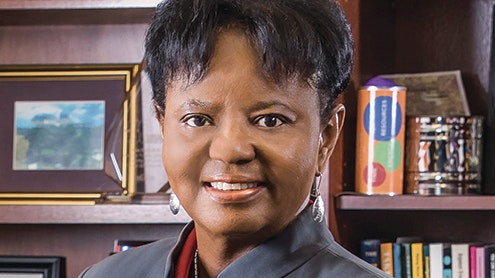Homepage
•
Learning Library
•
Blog
•
Trina Davis: She’s reinventing how educators learn to teach STEM
Expand breadcrumbs
Expand breadcrumbs
- Learning Library
- Blog
- Trina Davis: She’s reinventing how educators learn to teach STEM
- Homepage
- •
- Learning Library
- •
- Blog
- •
- Trina Davis: She’s reinventing how educators learn to teach STEM
Trina Davis: She’s reinventing how educators learn to teach STEM
By Nicole Krueger
June 17, 2019








